When PricePlow first started covering Alpha Prime's supplements in 2020, the first video we published was about Top Burn, a hard-hitting thermogenic fat burner that brings a ton of energy.
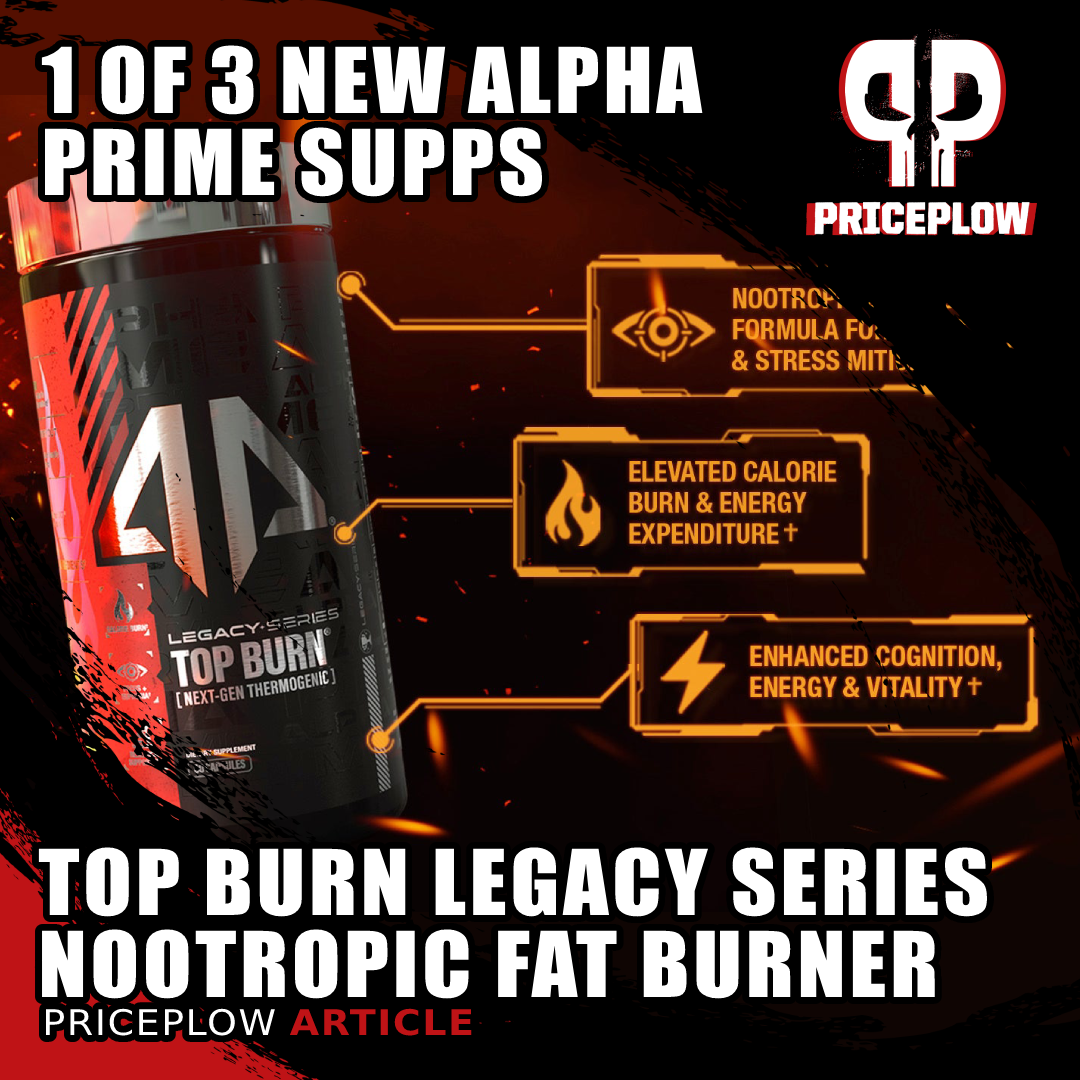
1 of 3 new capsule-based supplements from Alpha Prime Supps, Top Burn Legacy Series is a fat burner with the classic NNB Nutrition "WAT to BAT" stack alongside a nootropic blend using NooGandha and Sebrium DCD for a feel-good thermogenic weight loss experience
The original Top Burn is aggressive and hard-hitting, modeling itself after an "ECA Stack" that will make its users sweat while smashing 300 milligrams of caffeine into one capsule. Not every customer wants something so intense, though, so Alpha Prime's turning to their Legacy Series to give users something a bit more pleasant:
Introducing Top Burn Legacy Series: Next-Gen Feel-Good Thermogenic
The new Top Burn Legacy fat burner from Alpha Prime answers the call. This next-gen thermogenic brings a lighter caffeine dose -- 200 milligrams in two capsules -- with the popular duo of novel thermogenic ingredients in MitoBurn L-BAIBA and CaloriBurn GP grains of paradise extract from NNB Nutrition alongside a still-potent 2 milligrams of rauwolfia.
But what's really unique about this product is the new Legacy NooFocal Matrix, which combines NooGandha (a nootropic-slanted ashwagandha blend) with Sebrium DCD sceletium tortuosum, ingredients well-known for their ability to reduce cortisol and anxiety.
What we're left with is something reasonably strong that will feel great -- yet isn't overblown with caffeine.
The science and details on these ingredients are covered in this article. First, use PricePlow's widget below to sign up for our Alpha Prime news and check pricing and store availability:
Alpha Prime Supps Legacy Series Top Burn – Deals and Price Drop Alerts
Get Price Alerts
No spam, no scams.
Disclosure: PricePlow relies on pricing from stores with which we have a business relationship. We work hard to keep pricing current, but you may find a better offer.
Posts are sponsored in part by the retailers and/or brands listed on this page.
This area is reserved for Team PricePlow's upcoming videos.
Subscribe to our channel and sign up for notifications so you catch it when it goes live!
Alpha Prime Legacy Top Burn Ingredients
Each two-capsule serving of Legacy Top Burn provides:
-
MitoBurn (L-β-Aminoisobutyric Acid) - 250mg
MitoBurn is a novel ingredient from NNB Nutrition that consists of just L-BAIBA, short for β-aminoisobutyric acid. This is a bioactive non-protein amino acid that's a metabolite of the branched-chain amino acid valine,[1] and it acts as a myokine (consider it a "muscle messenger") that signals other cells that muscle contraction and exercise are underway.[2,3] Because of this, it's sometimes even called an "exerkine".[4]
In fact, researchers even titled their new 2023 review article, "Signaling metabolite β-aminoisobutyric acid as a metabolic regulator, biomarker, and potential exercise pill"[5] -- calling it a potential exercise pill in the title of a peer-reviewed journal is indicative of how powerful this ingredient is!
When L-BAIBA's presence is detected, several "exercise programs'' get activated, including but not limited to fat oxidation, bone preservation, ketone body creation, and more listed below. By supplementing more, we can notify the body that we're in activity mode, upregulating metabolism.
The WAT to BAT phenomenon
However, BAIBA's most impressive feat is its ability to support enhanced thermogenesis and fat oxidation by inducing the browning of white adipose tissue.[2]
This is where it will synergize with another NNB Nutrition ingredient in Top Burn Legacy, CaloriBurn GP, which is explored a couple sections lower. To learn about that synergy, bookmark our article titled WAT to BAT: A High-Metabolism Guide to Brown and White Fat, but let's keep focusing on BAIBA's research.
L-BAIBA's Benefits
MitoBurn (L-BAIBA) has flipped the fat burner niche on its head by supplying more of this exercise-based signaling molecule to dieters
Beyond the browning / "beiging" of fat, L-BAIBA can provide beneficial effects to multiple organ systems, including the liver, the skeletal system, the digestive system, and the brain.[2]
Below is a list of benefits we've seen in preclinical trials from the compound:
- Improved fat oxidation[1,6,7]
- Greater ketone body production[8]
- White adipose tissue conversion to "beige" fat that's more metabolically active[9,10]
- Lower insulin resistance and better blood glucose tolerance[1,7]
- Reduced inflammation[7]
- Improved lipid levels[1]
- Better bone health[11,12]
- Renal (kidney) health support[13]
Mechanism of Action: PGC-1 activation
MitoBurn works by improving mitochondrial density. It activates various metabolism regulation pathways like PPAR alpha and PGC-1,[9,14] and PGC-1 has been shown to increase amounts of mitochondria![15]
Now the browning/beiging of fat makes sense - the energy-supporting mitochondria are darker in color, and when the body can create more of them inside of fat cells, it darkens them. But the color isn't what's important, the high metabolic activity is.[16]
New research has shown that BAIBA may protect from disuse-based bone loss thanks to it preventing osteocyte cell death that would have been induced by reactive oxygen species (ROS).[11]
We've been covering BAIBA since 2014, but for years, there wasn't a viable shelf-stable ingredient on the market. NNB Nutrition solved the problem with MitoBurn, and it's been a game-changer in dietary supplements since 2020.
You can learn more about L-BAIBA in our articles titled BAIBA: New Weight Loss Ingredient Generates Exercise in a Pill?! and MitoBurn: β-Aminoisobutyric Acid (L-BAIBA) from NNB Nutrition.
Anytime we see a journal publish a review with "potential exercise pill" in the title, it's exciting. Let's keep moving though, but remember, we'll have some incredible synergy with CaloriBurn GP coming up soon.
-
Innoslim - 250mg
InnoSlim is a patented[17-21] blend of Panax notoginseng and Astragalus membranaceus extracts -- two plants well-known for their ability to improve health in various ways thanks to their astragalosides and ginsenosides in each one, respectively.
InnoSlim was combined to support several metabolic systems in order to boost metabolism:
-
SGLT1 Inhibition
InnoSlim can inhibit SGLT1 (short for sodium-glucose cotransporter 1),[22] a transporter protein that transports glucose through the intestinal walls. This means lower carbohydrate absorption -- which many dieters would love for lower impact on blood sugar and insulin levels (enabling the body to work on beta-oxidizing fat and not glucose).
Those who are attempting to bulk may not want this, but most bulkers aren't looking at fat burners!
-
GLUT4 Amplification
InnoSlim can also increase GLUT4 activity[23] -- this is a transporter that shuttles glucose into muscle cells from the bloodstream.
With the two mechanisms above, we have a solid combination to combat insulin resistance while improving insulin sensitivity. But there's more:
-
Upregulate Adiponectin and AMPK
Third, these extracts can boost adiponectin levels,[24,25] which is great because this is a hormone that prevents too much glucose from getting stored in the liver. Anyone who researches health long enough eventually comes to find that liver health is health - when this organ is sick, everything else becomes sick as well.
Finally, it can upregulate AMPK[26] (short for adenosine monophosphate activated protein kinase), which we often consider to be the body's "I need energy now" enzyme -- it governs energy expenditure via the rate of fat oxidation.
These mechanisms make for a great component -- especially the AMPK boost and liver support -- but now it's time to synergize with the MitoBurn L-BAIBA above by ramping it up:
-
-
CaloriBurn GP - 60mg
Another novel NNB Nutrition ingredient, CaloriBurn GP is the industry's premium grains of paradise seed extract -- scientifically known as aframomum melegueta, standardized to 12.5% 6-paradol. This 60 milligram dose is greater than the two human clinical doses of 30 and 40 milligrams in the studies described below, so we're getting a great amount here.
The constituents inside, especially 6-paradol, have been shown to activate brown adipose tissue,[27] making it quite synergistic with MitoBurn L-BAIBA (which increases the amount of brown adipose tissue). As discussed above, brown adipose tissue is the active, mitochondria-dense form that expends energy.[16]
The constituents of grains of paradise work to activate TRPV1,[28,29] which plays a role in heat sensing (this is often referred to as the "capsaicin receptor" since it's also activated by capsaicin).
By doing so, grains of paradise extract can boost the brown adipose tissue's nerve activity for as much as three hours, elevating its temperature.[30] This ultimately leads to whole-body energy expenditure increases with consumption.[31]
Grains of Paradise Human Clinical Research
In 2013, researchers published a study performed on men where 40 milligrams of grains of paradise (standardized for 12.5% 6-paradol like we have here) generated a 5% increase in energy expenditure in just two hours compared to controls.[27]
Energy expenditure change (ΔEE) after oral ingestion of Grains of Paradise.[32] This spice helps melt away those stubborn pounds!
They followed up with a longer study published in 2014 using 30 milligrams (just half of what we have here) for 30 days, showing that it significantly increased whole body energy expenditure while reducing visceral fat compared to placebo.[32] On average, the grains of paradise users ended up burning about 100 more calories each day![32]
Grains of paradise is also generally recognized as safe (GRAS) as a food ingredient, with an additional study showing safety and virtually no side effects.[33]
CaloriBurn GP: The premier grains of paradise extract on the market
CaloriBurn isn't the first grains of paradise extract on the market, but NNB Nutrition created it because others weren't including other beneficial constituents like 6-gingerol and 6-shogaol alongside the 12.5% 6-paradol -- and these are also supportive of TRPV1 activation.[28,29]
What's great here is that Alpha Prime didn't just do the bare minimum of 30 or 40 milligrams, they doubled the lower clinical dose and went with a solid 60! You can learn more about the ingredient in our article titled "Grains of Paradise: Fat Fighting Spice of the Goddesses".
-
Rauwolfia vomitoria - 2mg
To ramp up the intensity, rauwolfia is generally standardized for a simulant alkaloid named rauwolscine, also known as alpha-yohimbine (or affectionately called "alpha-yo") due to its structural similarity with yohimbine.
WAT to BAT: How to Boost Thermogenic Brown Adipose Tissue with Diet, Exercise, and Supplements like NNB Nutrition's MitoBurn and CaloriBurn GP (and others)
Like yohimbine, rauwolscine is an alpha-2 antagonist,[34,35] which means that it blocks the action of alpha-2 adrenergic receptors that are found in cells of various tissues including fat cells and the central nervous system. These receptors play a role in regulating the release of fatty acids from fat stores,[36,37] and by inhibiting them, we can increase fatty acid release into the bloodstream to be used.
With this, yohimbine and rauwolscine have been shown to boost weight loss,[38] suppress appetite,[38] and potentially even improve focus (this last study was just with yohimbine).[39] Additionally, rauwolscine itself has been shown to prevent fat storage while boosting the availability of cellular energy.[35]
This is a well-known intense ingredient - tolerances vary from person to person. There may be feelings of anxiousness (although they should be mitigated by the ingredients in the next section) and a bit more thermogenesis.
However, you may wish to start with just one capsule to see how you can assess tolerance. Each capsule has 100 milligrams of caffeine -- not too much -- and 1 milligram of rauwolfia, which most can tolerate. The second capsule, however, is up to you. Notably, this about half as much as the original Top Burn formula!
-
NooGandha Ashwagandha - 300mg
NooGhanda® is a novel form of ashwagandha (withania somnifera) extract that's encapsulated using liposomal delivery technology, meaning it's encased in phospholipids. It's standardized to withanolides and other bioactive compounds outside of the withanolide class, and has lower clinical doses, ranging from 225 to 400 milligrams. We're right in the sweet spot there, and if you couldn't guess from the name, this form is commonly used in nootropic applications.
When it comes to diet, one of the important things to focus on is stress relief and cortisol control. Reason being, chronically elevated cortisol levels can lead to higher blood glucose levels,[40] greater difficulty in burning fat,[41] lower strength and muscle mass,[42] and out-of-control appetite.[43]
But ashwagandha is one of the best herbs for decreasing cortisol levels,[44] and other forms have been shown to support improved body composition,[45] increased strength,[46] lower fatigue,[47] and improved cognitive function.[48]
NooGandha specifically has additional research with respect to improved mood and reduced cravings at 225 milligrams per day,[49] as well as better cognitive function at 400 milligrams per day.[50]
At ISSN 2023, there were also two presentations teasing some new NooGandha data, one demonstrating improved mood at 400 milligrams per day,[51] and a safety study on 59 men and women showing no abnormal clinical serum markers at 225 milligrams per day.[52]
This is a great ingredient to pair with a stressed out diet - it's tough to lose weight when stressed, especially if the body is doing its best to conserve its fat! Additionally, we've anecdotally found that NooGandha is simply a feel-good ingredient.
-
Caffeine anhydrous - 200mg
At this point, nearly all of us know how caffeine affects them - it wakes you up by inhibiting adenosine (which accumulates as we break ATP / adenosine triphosphate down).[53] Important here is that we have a 200 milligram dose in two capsules - definitely not too much, and enough that you can take a pre-workout supplement like Alpha Prime Supps Legacy Pre Workout or an energy drink at some other point in the day.
Are you a slow, medium, or fast caffeine metabolizer? In this study, ~46% of all participants were fast caffeine metabolizers (A/A),[54] meaning more than half of individuals aren't optimal caffeine consumers!
On top of the alertness, there is also research demonstrating decreased appetite and increased thermogenesis from caffeine.[55,56]
Additionally, one of the other mechanisms of action is that caffeine can stimulate cAMP, short for cyclic AMP / cyclic adenosine monophosphate thanks to its ability to inhibit another enzyme in fat and muscle tissue called phosphodiesterase.[1] Again, this gets more thermogenesis and energy spent.[2,6]
We like the idea of 200 milligrams of caffeine -- this isn't going to dominate your caffeine intake for the day, and you can still use another product around lunchtime or in the early afternoon (not too close to bed) without going over the general caffeine recommendations -- but of course, your tolerance will vary.
-
Sebrium DCD - 25mg
Last but not least -- especially if you want a solid mood-enhancing component, we have Sebrium DCD, which is a sceletium tortuosum ingredient extracted for 3% alkaloids. This plant is also known as kanna, and has an alkaloid with psychoactive effects known as mesembrine.[57]
Before getting into mesembrine, note that kanna has a long history of use in cultural medicine supporting mood disorders.[58,59]
As far as the specific mesembrine alkloid goes, it can provide a nice boost in overall mood and perceived energy through its mechanism of serotonin upregulation.[60] This makes Sebrium DCD a feel-good ingredient, and it's the highest known standardization we've seen.
Dosage and Directions
Per the label, take one serving (2 capsules) 30 minutes prior to your first meal. Our addition is, if you're very stimulant sensitive, start with just one capsule to assess tolerance on the first day.
Start Your Diet Legacy with Legacy Series Top Burn
The combination of rauwolfia, NooGandha, Sebrium DCD, and enough-but-not-too-much caffeine will undoubtedly make Legacy Series Top Burn a very unique, experiential diet support supplement unlike anything most users have tried!
But in terms of metabolic amplification, it still comes down to the "WAT to BAT" synergistic combination of MitoBurn L-BAIBA followed by CaloriBurn GP grains of paradise extract. First we generate more BAT, then we upregulate it -- a perfect storm!
We're impressed by Alpha Prime's formulation efforts here, and love that we can still get some Alpha Prime Legacy Pre-Workout in if needed. If you're looking for something to kickstart your new legacy -- with a proper diet -- this is one to run.
Alpha Prime Supps Legacy Series Top Burn – Deals and Price Drop Alerts
Get Price Alerts
No spam, no scams.
Disclosure: PricePlow relies on pricing from stores with which we have a business relationship. We work hard to keep pricing current, but you may find a better offer.
Posts are sponsored in part by the retailers and/or brands listed on this page.
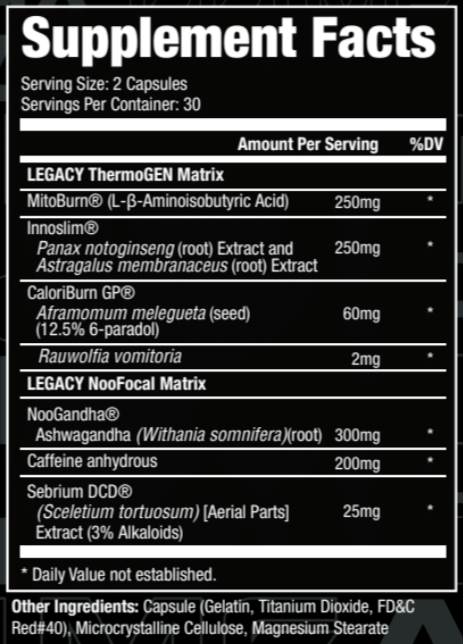
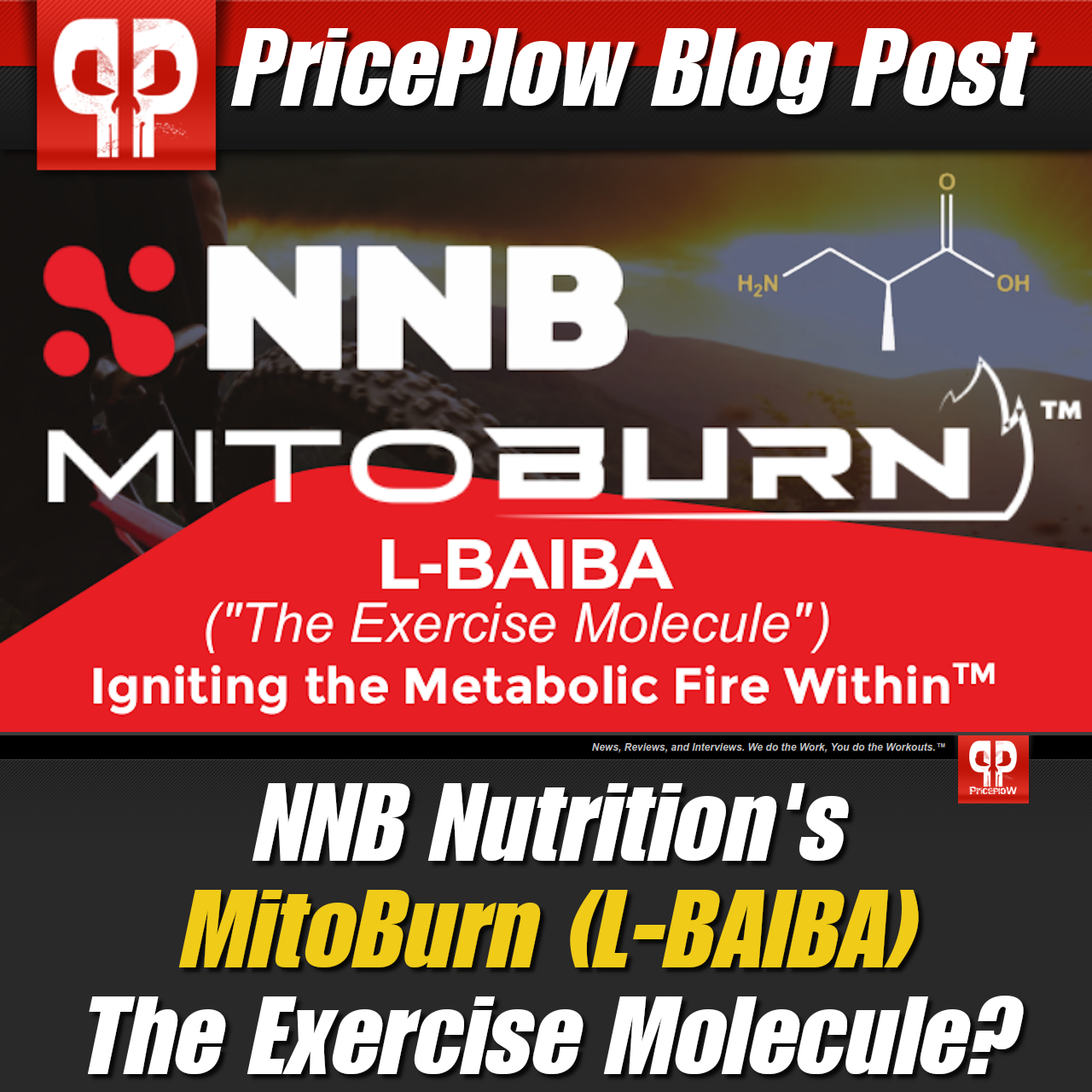
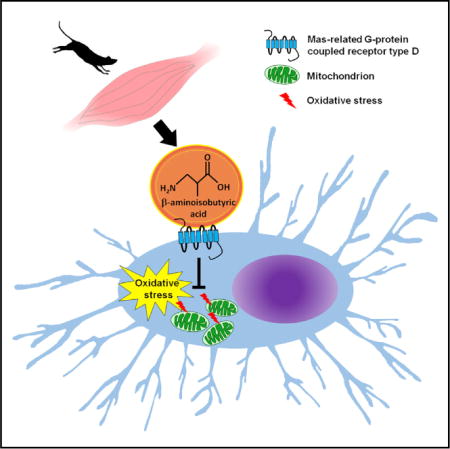
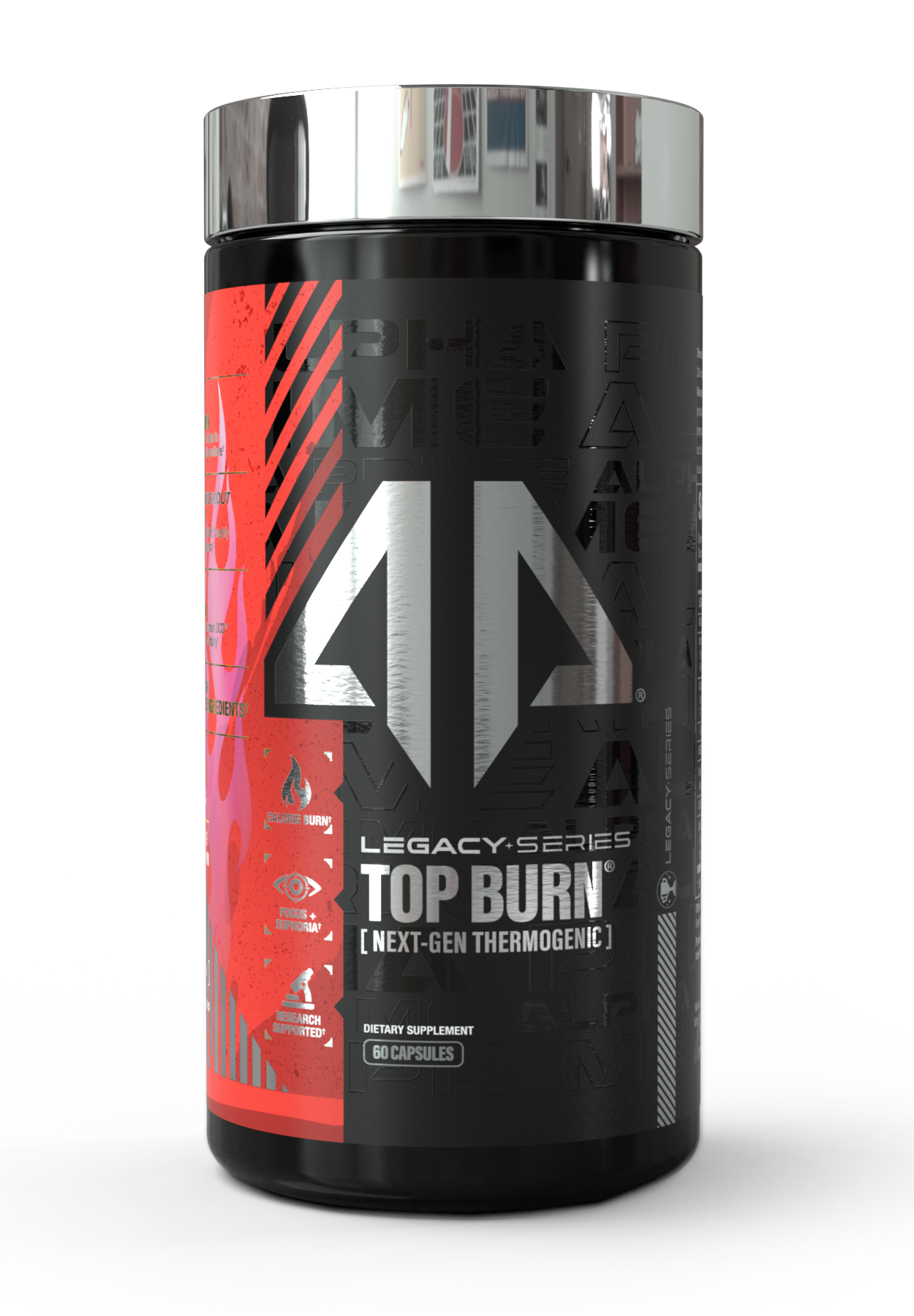
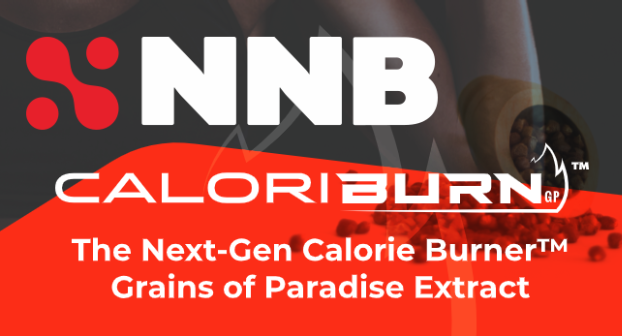
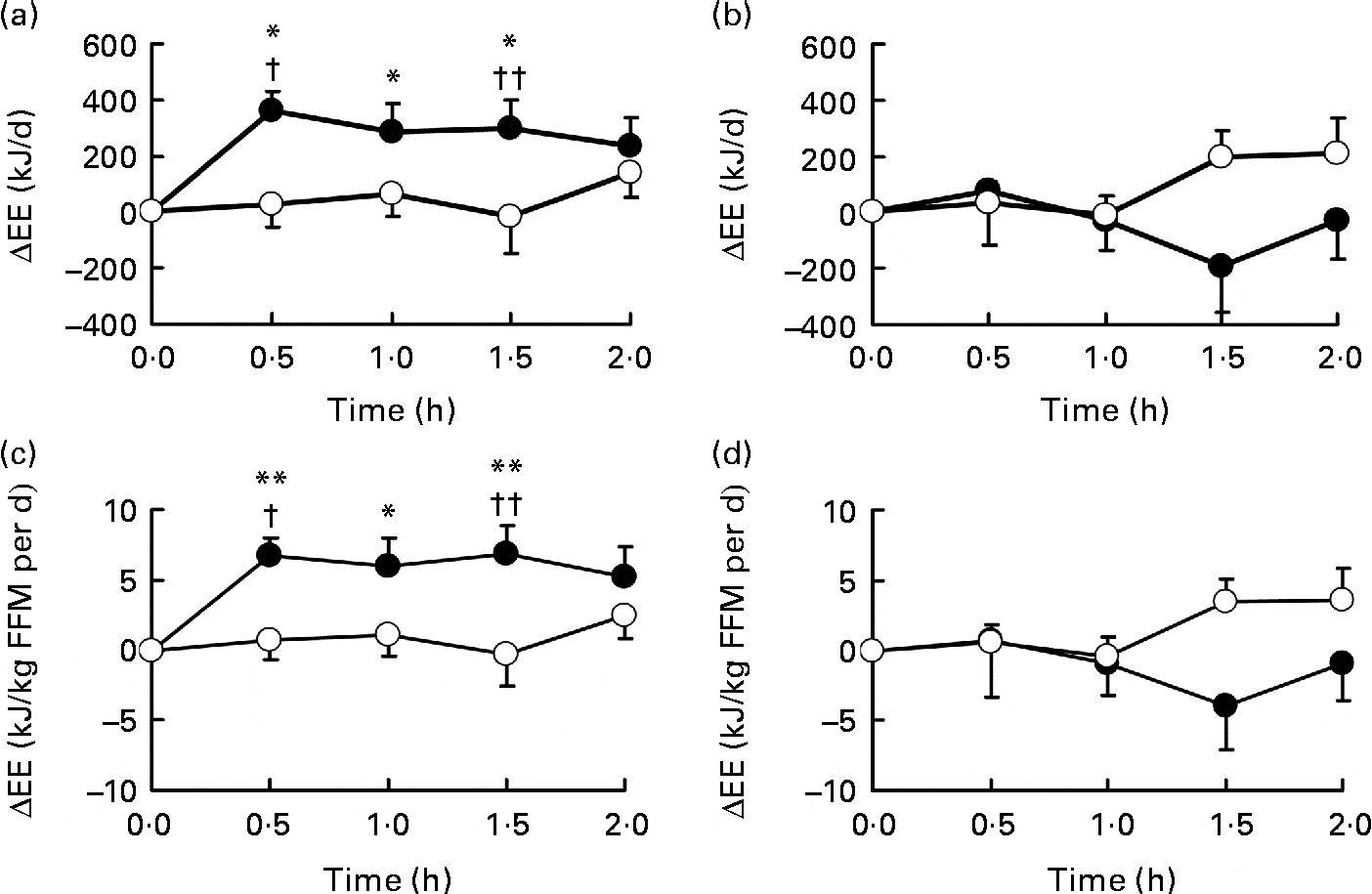
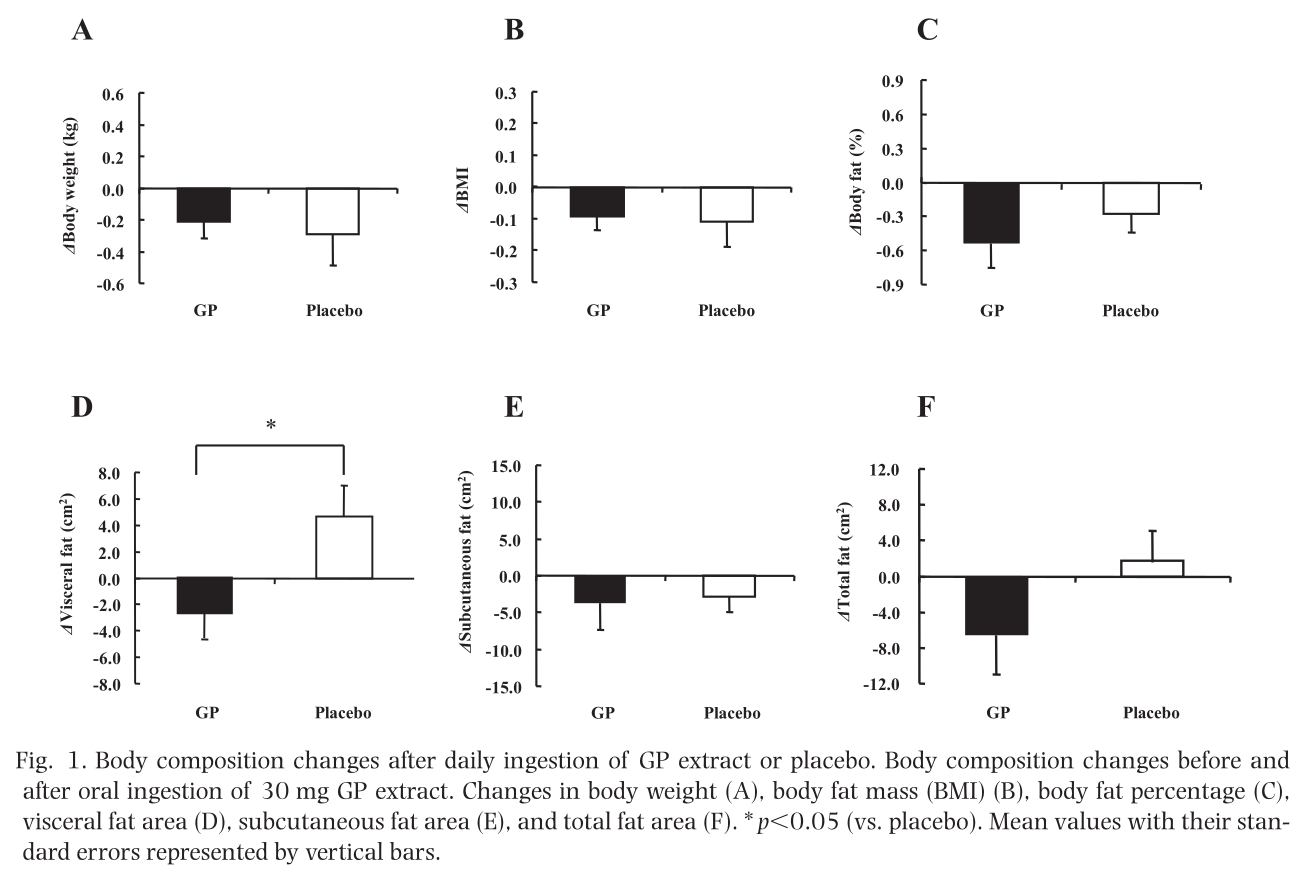
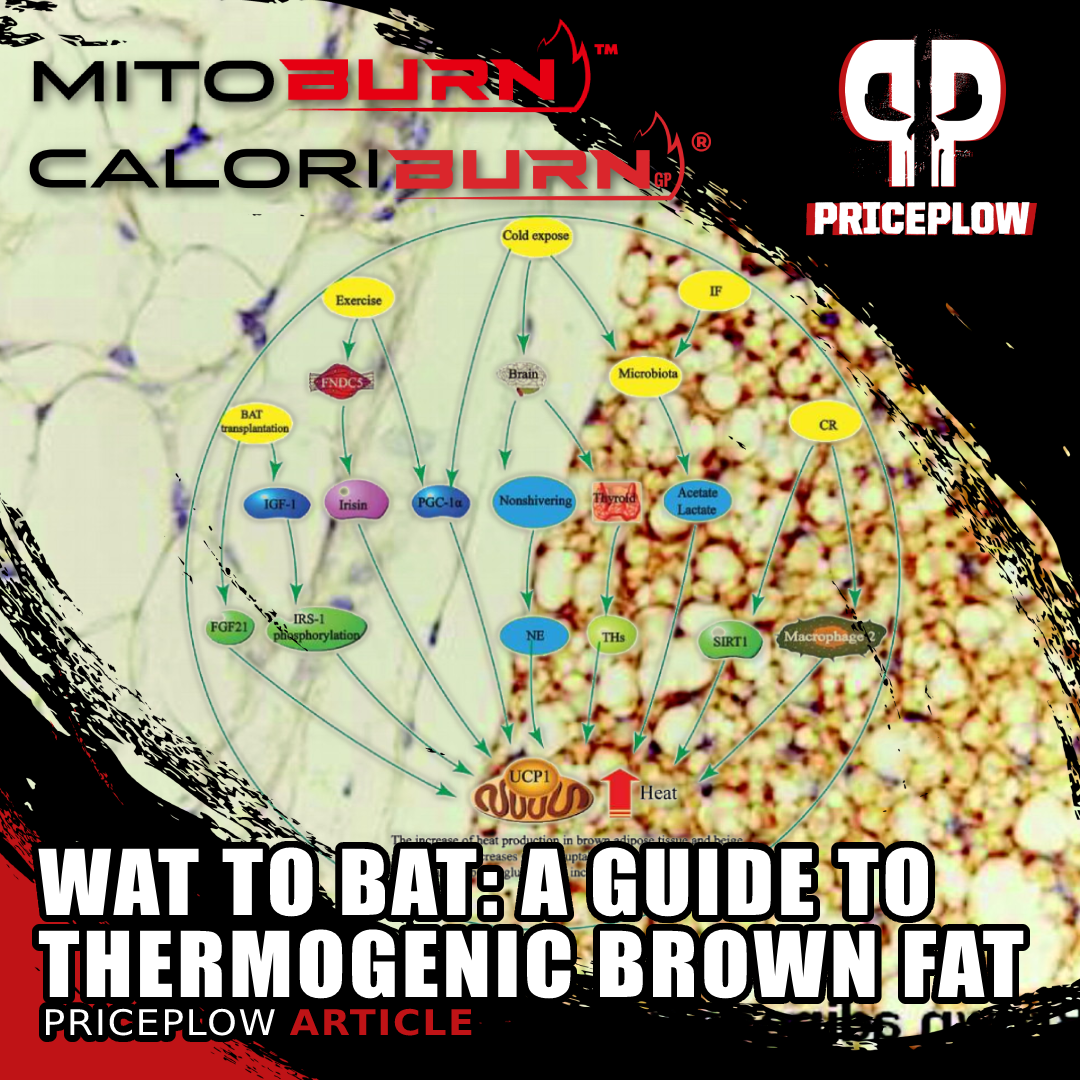
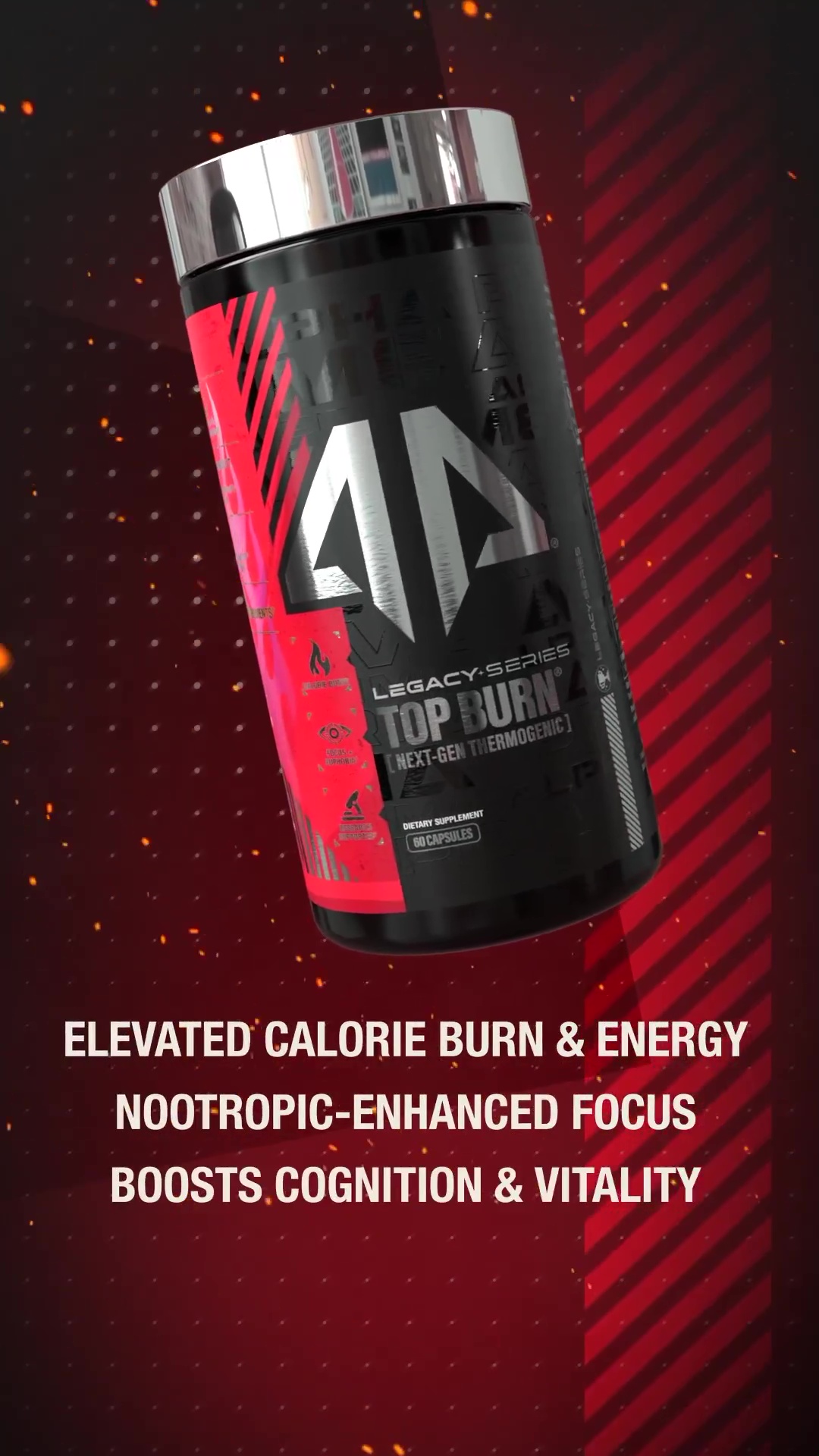
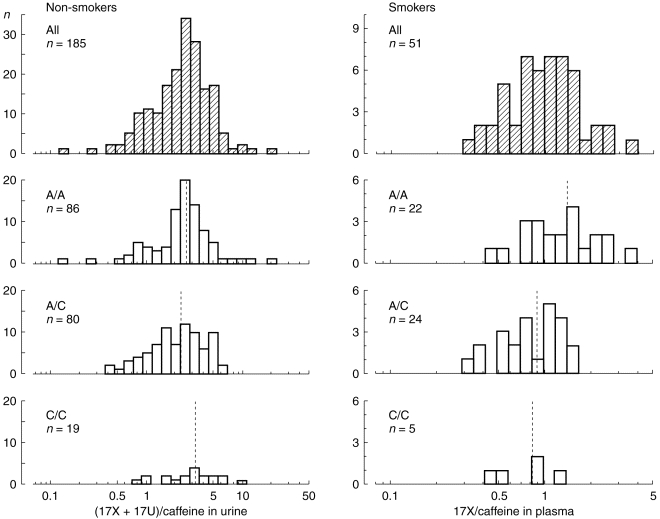

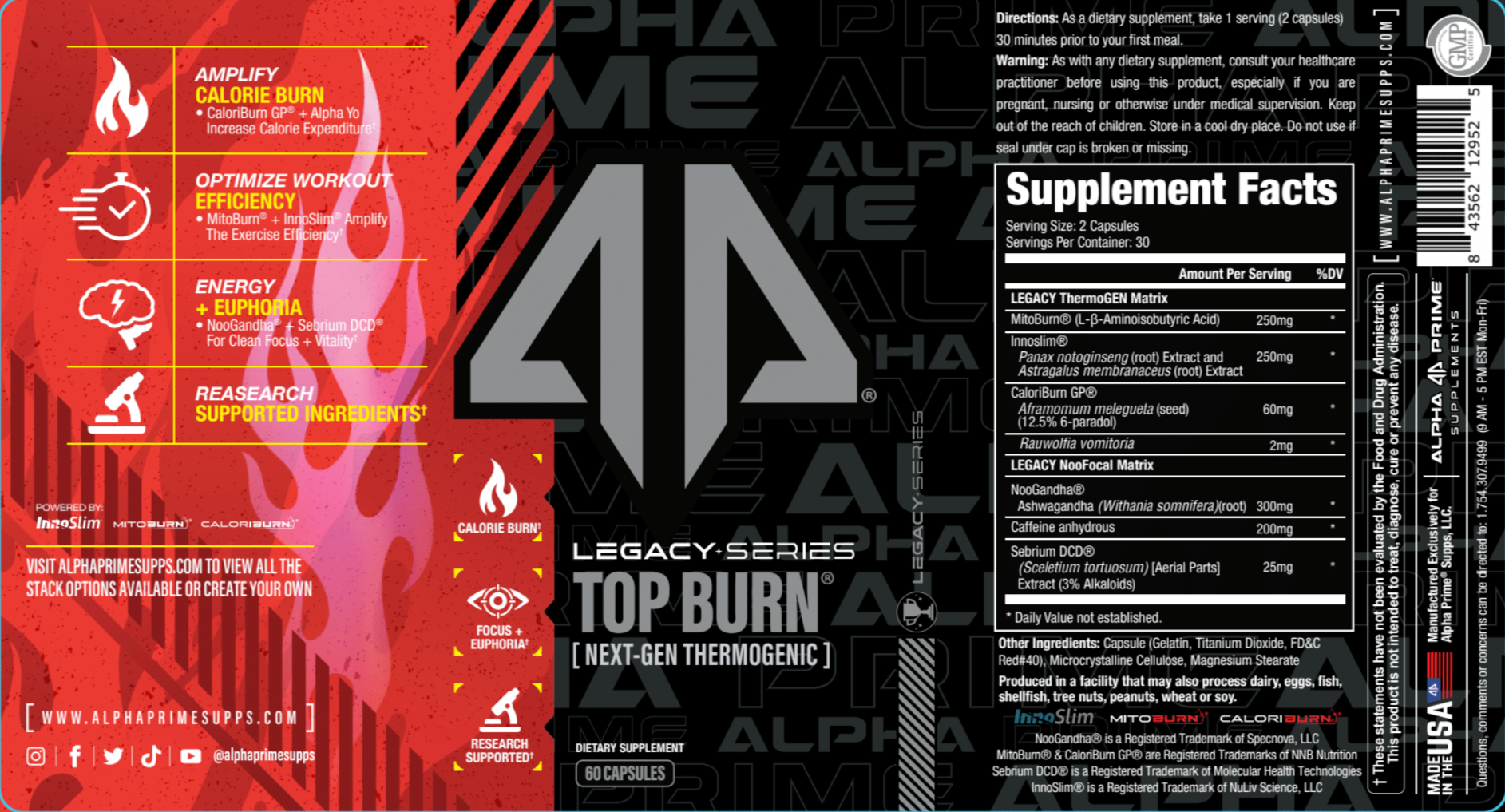


Comments and Discussion (Powered by the PricePlow Forum)